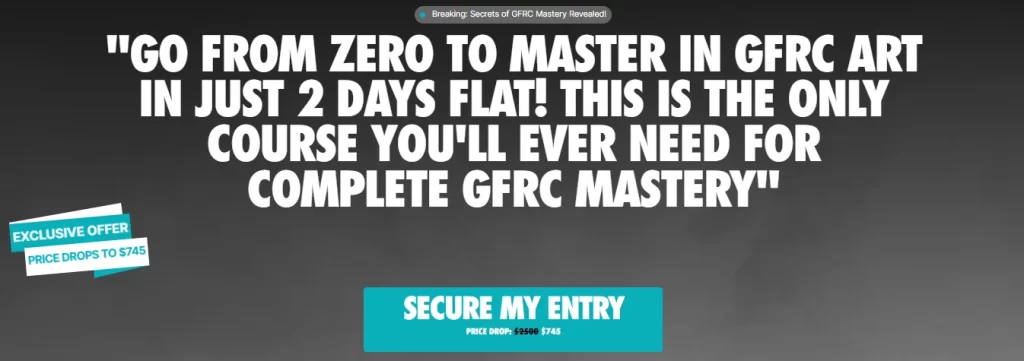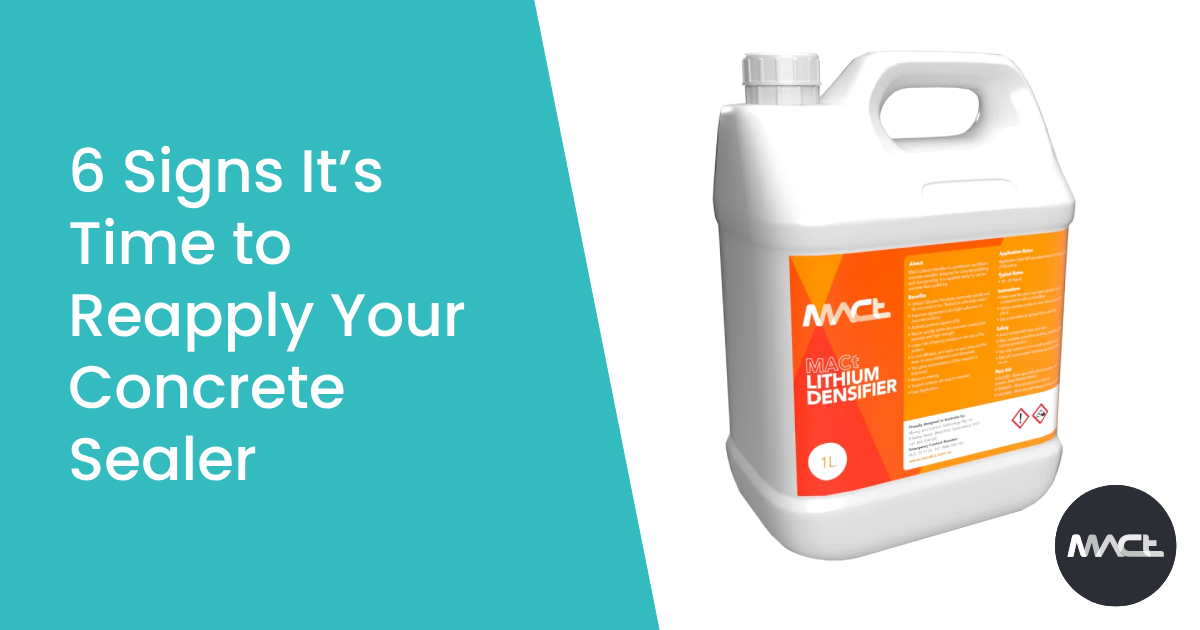The renovation of buildings can be a daunting and expensive endeavour, but advancements in construction materials have introduced cost-effective solutions, notably through the use of GFRC (Glass Fibre Reinforced Concrete). This innovative material revolutionises building renovations, offering durability, versatility, and significant cost savings.
Understanding GFRC and Its Advantages in Renovation
GFRC stands out in the construction industry for its remarkable properties, combining the toughness of concrete with the added strength of fibreglass. This composite material is lighter than traditional concrete and requires less support, reducing the overall material and labour costs associated with the renovation of buildings. Its flexibility in design allows for the replication of textures and shapes, making GFRC an ideal choice for contemporary and historic renovation projects.
Plan Renovation of Building with GFRC

Effective planning is crucial when incorporating GFRC into your renovation project. Begin by evaluating the structural and aesthetic needs of your building. GFRC offers the unique advantage of conforming to various architectural styles, making it essential to consider how this material can best enhance your space.
Budgeting for GFRC Renovation
Creating a comprehensive budget is the first step towards a successful renovation. GFRC can be cost-effective, but proper financial planning ensures that costs remain within your limits. Factors in the price of GFRC panels include installation expenses and potential savings from reduced labour and support structures. Due to its lightweight, transportation and handling costs are also lower than traditional materials, adding another layer of savings.
Design Flexibility with GFRC
One of GFRC’s most compelling features is its design flexibility. This material can be moulded into intricate details and shapes, allowing for custom designs that seamlessly blend with or enhance existing architectural features. Whether aiming for a modern façade or restoring historical elements, GFRC provides the versatility for creative and unique renovation solutions.
Cost-Effective Techniques in GFRC Application

When applied correctly, GFRC can significantly reduce the overall cost of your renovation of building project. To maximise these benefits, consider employing techniques such as prefabrication, which allows for faster and more efficient installation. Additionally, using GFRC in targeted areas, like façades or decorative elements, you can achieve high-impact results without needing a complete overhaul.
Reusing and Modifying Existing Structures
Incorporating GFRC into existing structures is a sustainable and cost-effective approach. By retrofitting GFRC panels onto existing frameworks, you can enhance the building’s aesthetic and structural integrity without requiring complete demolition. This method preserves the original architecture and reduces waste and overall project costs.
DIY Approaches with GFRC
For smaller-scale projects or those with a tight budget, a DIY approach with GFRC can offer additional savings. Many suppliers offer GFRC mixtures and moulds for home use, allowing individuals to create custom pieces. While this approach requires time and effort, it can significantly cut down on labour costs and provide a personal sense of accomplishment.
Overcoming Common Challenges in GFRC Renovation
Despite its many benefits, renovation of buildings with GFRC can present challenges, such as adhering to building codes and managing the curing process. Address these challenges by consulting with professionals and conducting thorough research before beginning your project. Proper planning and adherence to guidelines ensure a smooth renovation process, avoiding costly mistakes and delays.
Innovative Uses of GFRC in Modern Renovations
Modern renovation of buildings with GFRC showcases the material’s vast potential. From lightweight, energy-efficient façades to intricate decorative elements, GFRC is used to breathe new life into ageing structures and create modern designs in new constructions. Highlighting successful case studies can inspire and demonstrate the practical application and aesthetic versatility of GFRC in contemporary renovation projects.
Maintaining Your GFRC Enhanced Building
Maintaining and renovating a building with GFRC is straightforward, contributing to its cost-effectiveness. Regular inspections and gentle cleaning can maintain the material’s appearance and integrity for years. Compared to traditional materials, the low maintenance requirement of GFRC results in long-term savings, further emphasising its role in cost-effective renovation strategies.
FAQ
What are the primary cost benefits of using GFRC in the renovation of buildings?
The primary cost benefits of using GFRC in building renovation include reduced structural support requirements due to its lightweight, lower transportation and installation costs, and minimal maintenance needs. Additionally, its versatility reduces the need for multiple materials, further cutting down expenses.
How does GFRC contribute to the sustainability of a renovation project?
GFRC contributes to sustainability by being made from natural, non-toxic materials, reducing waste through precise prefabrication, and enhancing energy efficiency due to its thermal properties. Its durability also means less frequent replacements, contributing to a more sustainable building lifecycle.
Can GFRC be used for all types of buildings and architectural styles in renovation projects?
Yes, GFRC can be adapted for a wide range of buildings and architectural styles, thanks to its moulding capabilities, which allow it to replicate various textures and forms. From historical restorations to contemporary designs, GFRC offers solutions that integrate seamlessly with any architectural vision.
What challenges do you anticipate when using GFRC for building renovations?
Challenges in using GFRC for renovations may include ensuring proper curing conditions, adhering to specific design and weight requirements, and navigating installation techniques. These challenges can be mitigated through thorough planning, consulting with experienced professionals, and adhering to manufacturer guidelines and building codes.
Conclusion
The renovation of buildings with GFRC offers a practical, innovative, and cost-effective solution for modernising and enhancing structures. Property owners and developers can achieve significant savings while obtaining durable, aesthetically pleasing results by understanding the properties and benefits of GFRC, planning effectively, and utilising creative application techniques. As GFRC continues to gain popularity in the construction industry, its role in cost-effective, sustainable, and innovative renovation projects will undoubtedly increase.

Discover the potential of GFRC Training to open new doors in your career path and propel your professional development forward. Explore more details and secure your spot by registering now!





